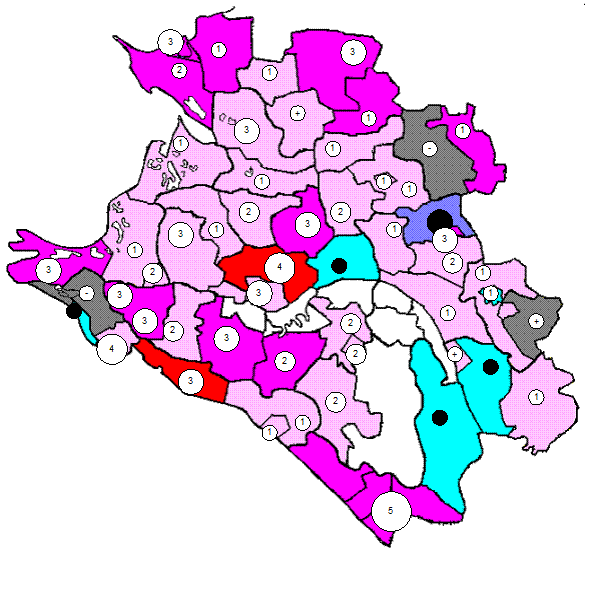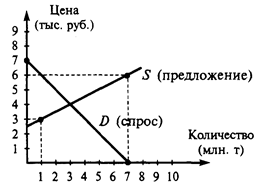Часть 3
Прочитайте утверждение A-H и следующие за ними тексты, установите, соответствие между утверждениями и содержанием текстов.
A. People eat dishes made from corn B. Meal that is sold at a low price C. A holiday meal D. Meals vary from region to region E. Sausage is eaten throughout the country F. History of confectionery G. People don’t often eat meals H. People tend to eat healthy meal
1. What people eat depends largely on what is produced in the region where they live. Dishes with potatoes, tofu, maize meal, rice, and other grains are main meals. Noodles are also common and man tou (steamed bread) is a staple in northern China. Dishes made with pork, beef, chicken, or fish are popular but expensive. Chopsticks are used for all meals in China. Specialties vary from region to region, from duck in Beijing to spicy dishes in Sichuan province. 2. Swedes today are generally health conscious and aware of the nutritional content of what they eat, although young people also enjoy fast food, which is increasingly available. The typical Swedish breakfast includes coffee, fruit juice, crisp bread or open sandwiches with ham or cheese. Lunch is usually a hot meal, even in schools. Typical Swedish food is herring, meatballs, raw pickled salmon, potatoes, and pancakes. During the last three weeks of August (the crayfishing season), crayfish parties are a favourite tradition. 3. Argentines eat more beef per capita than any other people in the world. Because Argentina is a major beef producer, domestic prices are low enough for most people to eat beef every day, and many people entertain on weekends with an asado, or barbecue. Popular foods include empanadas, which are pies made with meat or vegetables, and milanesas, or breaded veal cutlets. 4. Maize, beans, rice and chilies are main foods. They are often combined with spices, vegetables, and meats or fish in the daily meals. What people eat varies to some extent according to region, but tortillas, frijoles refritos (refried beans), and mole (spicy sauce) are common throughout the nation. 5. German food traditionally includes substantial portions of meat and potatoes or, to a lesser extent, noodles. Pork as a popular meat, along with beef and, to a lesser extent, chicken. Pork is prepared in a variety of ways, often according to region: it may be roasted with dumplings in Munich, for example, or served as a ham in parts of North Rhine-Westphalia. Lamb is more of delicacy but is widely available in the north. Every region has its own type of sausage. Cake and pastries are also eaten. 6. Records show that candy was used as an offering to the gods of ancient Egypt. Honey was used as the sweetener until the introduction of sugar in medieval Europe. Among the oldest types of candies are licorice and ginger from the Far East and marzipan from Europe. Candymaking did not begin on a large scale until the early 19th century, when with the development of special candymaking machinery it became a British speciality. 7. Foods vary widely in India, depending on the culture and region. For example, rice is the main food in the south, while wheat bread is the principal in the north. Indian meals are usually very spicy. Different types of curry, made with eggs, fish, meat, or vegetables, are popular. Hindus consider cows to be sacred and they will not eat beef. 8. The most common meats are beef, pork, lamb, and chicken. Fish and seafood are found mainly on the coast and in cities but are often expensive. Olives are grown throughout Greece, and olive oil is used a great deal in cooking. Salads are often eaten with the main meal. Main courses include souvlaki, a shish kebab with cubes of meat – often pork or lamb – and vegetables, and stuffed eggplant or tomatoes. At Easter, Greeks enjoy roast lamb or goat, as well as kokoretsi, which is lamb’s liver, lungs, and spleen wrapped in intestines and roasted on a spit.
(Романова Л.И. EГЭ.. Английский язык. Чтение)
Часть 4 Прочитайте текст. Преобразуйте слова, напечатанные в скобках, так чтобы они грамматически и лексически соответствовали содержанию текста. Некоторые слова могут оставаться без изменения.
|




